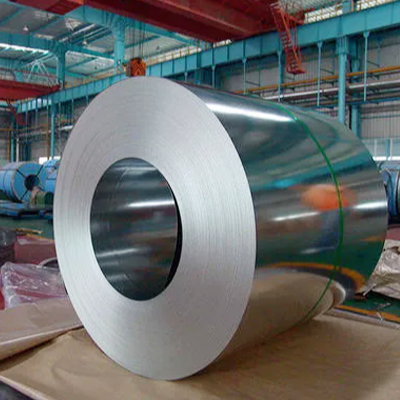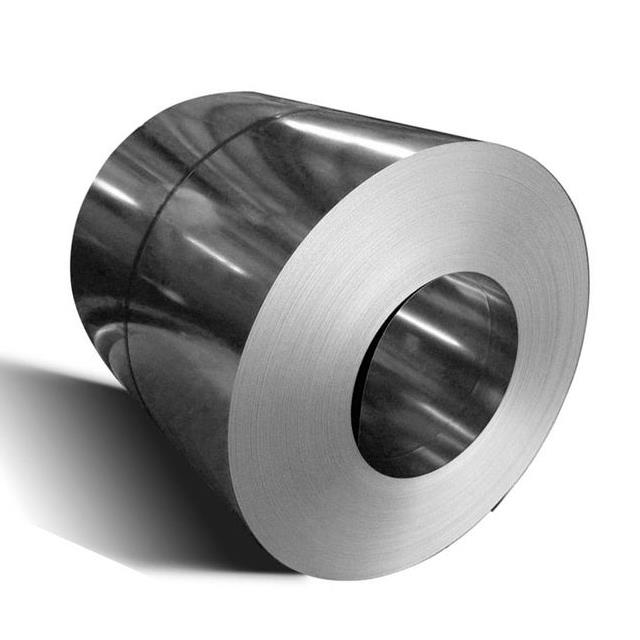Stainless Steel Welding Techniques
As a full-service fabrication company dedicated to serving the Saratoga Springs area, we pride ourselves on delivering high-quality, affordable metalworking solutions. While our primary focus is on robotic arc welding—offering consistent precision and high productivity—we are also well-versed in a wide range of welding techniques. In this blog, we’ll take a closer look at some of the most commonly used methods for welding stainless steel.
What Is Stainless Steel?
Stainless steel is an iron-based alloy containing at least 10.5% chromium. This chromium content forms a protective oxide layer on the surface, making it highly resistant to corrosion. Depending on the additional elements and their proportions, stainless steels can be classified into five main categories:
- Ferritic stainless steel
- Duplex stainless steel
- Austenitic stainless steel
- Martensitic stainless steel
- Precipitation-hardening stainless steel
These alloys can also include varying amounts of nickel, aluminum, or both, leading to different series such as 200, 300, 400, and 600-grade stainless steels.
Is Stainless Steel Easy to Weld?
Stainless steel is generally considered to have good weldability. It can be joined using various techniques like spot welding, resistance welding, electron beam welding, arc welding, MIG, and friction welding. However, success depends on understanding the specific type of stainless steel you're working with and properly preparing the surface before welding.
One key difference between stainless steel and carbon steel is its higher thermal expansion coefficient—about 50% greater. This means it retains more heat during welding, requiring less energy to complete the weld. Additionally, stainless steel has better electrical conductivity, which can reduce the current needed in resistance welding processes.
Some types require special attention during welding for optimal results:
- Martensitic stainless steel: Benefits from preheating and post-weld heat treatment.
- Ferritic stainless steel: Usually requires minimal preheating (300–450°F).
- Austenitic stainless steel: Requires appropriate filler metals to prevent cracking.
Which Welding Method Is Best for Stainless Steel?
The best welding method for stainless steel depends on the grade, thickness, and desired finish. While there are many options, three methods are most commonly used:
Gas Tungsten Arc Welding (TIG)
TIG welding, also known as GTAW, uses a non-consumable tungsten electrode to create a precise, low-heat input weld. It’s ideal for thin materials and is often used with stainless steel, aluminum, and other non-ferrous metals. A common technique involves single-sided welding with an inert backing gas, which enhances corrosion and oxidation resistance.
MIG Welding
MIG (Metal Inert Gas) welding, or GMAW, is a semi-automatic process that uses a wire electrode and shielding gas. It’s popular for its strong welds and ability to reach tight spaces. The choice of gas mixtures (like argon, helium, or CO2) helps stabilize the arc and improve weld quality.
Spot Welding
Spot welding is a cost-effective and efficient method for joining thin materials like sheet metal or wire mesh. It works by applying electric current through two electrodes, creating heat that fuses the materials together. This method is widely used in the automotive industry and can be fully automated with robotic systems.
Advantages of Stainless Steel Fabrication
Stainless steel is versatile and used in a variety of applications, from cookware and medical tools to construction and industrial equipment. Although it may have a higher initial cost, its long-term value is significant due to its durability, ease of maintenance, and recyclability.
Key Benefits of Stainless Steel Fabrication
- Ease of Fabrication: With modern technology like CNC machines, lasers, and robotic welders, stainless steel is easy to cut, bend, and shape.
- Durability and Resistance: It resists corrosion, scratches, and wear, especially when made with high chromium and nickel content.
- Longevity: Stainless steel is known for its long lifespan and low maintenance requirements.
- Recyclability: It's 100% recyclable, with over 50% of new stainless steel coming from recycled materials.
With over 60 grades available, stainless steel offers a wide range of properties to suit different needs. When paired with advanced fabrication technology, it becomes an excellent choice for any project. If you’re unsure which welding method suits your project best, contact us today. Our team can help evaluate your needs and recommend the most effective and cost-efficient solution.
Need Help Choosing the Right Welding Method?
If you're trying to decide which welding technique is best for your stainless steel project, don't hesitate to reach out. There are many factors to consider, and our experts are here to guide you. Contact us now to get started!
Galvanized steel can be classified into two main types: hot-dip galvanized steel and electro-galvanized steel.
Hot-dip galvanization is the most common method of galvanizing steel. In this process, the steel is first cleaned and then immersed in a bath of molten zinc at a temperature of around 450°C. The zinc reacts with the surface of the steel, forming a series of zinc-iron alloy layers that provide excellent corrosion protection.
Electro-galvanization, on the other hand, is a process that involves using an electric current to deposit a thin layer of zinc onto the steel surface. This method is typically used for thinner gauge steel and provides a smoother finish than hot-dip galvanization. However, it may not be as durable as hot-dip galvanization and is typically used for less demanding applications.
In addition to its corrosion resistance, galvanized steel is also fire-resistant and has good thermal conductivity. It is also relatively easy to fabricate and can be formed into a wide range of shapes and sizes, making it a versatile material for various applications.
However, galvanized steel may not be suitablefor all applications. It has a shorter lifespan than some other corrosion-resistant materials, such as stainless steel, and may require regular maintenance to ensure its continued protection against corrosion. Additionally, galvanization can affect the appearance of the steel, giving it a characteristic dull gray or silver color that may not be desirable for some aesthetic applications.
Another consideration with galvanized steel is the potential environmental impact of the galvanizing process. The production of galvanized steel typically involves the use of large amounts of energy and resources, and the disposal of waste products from the galvanizing process can have environmental implications. However, efforts are being made to improve the sustainability of the galvanizing process, such as through the use of more energy-efficient production methods and the recycling of waste materials.
Overall, galvanized steel is a popular and versatile material that offers excellent corrosion resistance and durability. Its use is widespread in a variety of industries and applications, and it will likely continue to be an important material for many years to come.


galvanized steel coil,galvanized steel sheet,galvanized steel plate,galvanized coil,galvanized sheet
Wuxi Shengshu Metal Co., Ltd. , https://www.wuxissmetal.com